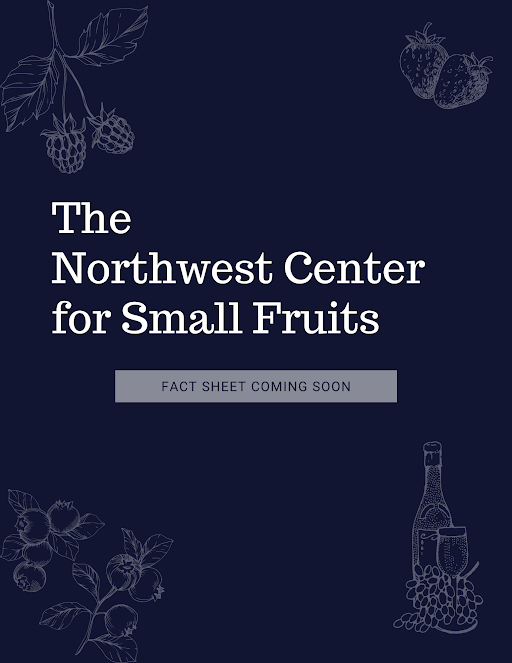 Completed Research Project
Completed Research Project
Nitrogen levels in grape must that are either too high or too low can cause sensory and economic issues in the production of fine wine. The amount of available nitrogen during fermentation is key to the healthy formation and reproduction of yeast, and completion of the process to dryness. The major yeast strain that dominates healthy alcoholic fermentation, Saccharomyces cerevisiae, typically produces one molecule of urea, glutamate, and proline from the metabolism of the amino arginine.
During 2019-2020, the National Clonal Germplasm Repository measured numerical traits describing 284 strawberry cultivars from the Corvallis genebank that were planted in a field in Corvallis, Oregon. The broader goal of this study was to obtain phenotypic data on these accessions that were being analyzed in ongoing molecular studies. The objectives were to obtain phenotypic descriptors for the accessions; obtain images of plants, flowers, and fruit of each accession; and load the phenotypic descriptors and image data to GRIN-Global.

Plant-based estimations of vine water status using tools such as the Scholander-type pressure chambers, which measure leaf water potential, are currently employed by wine grape growers for irrigation scheduling. There is a need; however, for more time-efficient and less intensive methods that would diversify the irrigation scheduling toolkit. A portable leaf porometer measuring stomatal conductance to water vapor provides real-time data on current vine-water status rapidly and through non-destructive means, making it an appealing tool to irrigation scheduling. Three irrigation treatments were applied to a red (Merlot) and white (Chardonnay) cultivars of field-grown grapevines (Vitis vinifera L.) over three growing seasons to evaluate the effectiveness of porometry in determining the extent of water stress. These treatments included high irrigation (~~100% ETc), moderate irrigation (~~50% ETc), and low irrigation (~~25% ETc). From full-bloom through physiological maturity of grape berries, stomatal conductance and mid-day leaf water potential were recorded concurrently from a single leaf in each replication 4 to 6 days after the most recent irrigation.

High and low nitrogen levels in grape must can cause sensory and economic issues in the production of fine wine. The amount of available nitrogen in the fermentation is key to the healthy formation and reproduction of yeast during fermentation and completion to dryness. While high levels of yeast assimilable/available nitrogen (YAN) can cause off aromas and reduction in the fermentations they typically ferment to dryness. Low YANs are problematic because there is not enough nitrogen present to ferment to dryness and stuck fermentations are often the result. Researchers found that certain vitamins successfully added to must helped to successfully ferment the wine to dryness without the development of undesirable aromas. The addition of biotin and pantothenic acid (B vitamins) were added to fermentations in varying levels for three vintages. Researchers found that grapes in the Pacific Northwest are typically low in biotin and pantothenic acid, the absence of these may contribute to stuck fermentations and the ability for yeast to access nitrogen. The addition of these specific vitamins can improve the fermentation health and promote desirable aromas in fine wine.
Nitrogen levels in grape must that are either too high or too low can cause sensory and economic issues in the production of fine wine. The amount of available nitrogen during fermentation is key to the healthy formation and reproduction of yeast, and completion of the process to dryness. The major yeast strain that dominates healthy alcoholic fermentation, Saccharomyces cerevisiae, typically produces one molecule of urea, glutamate, and proline from the metabolism of the amino arginine.

 Completed Research Project
Completed Research Project



